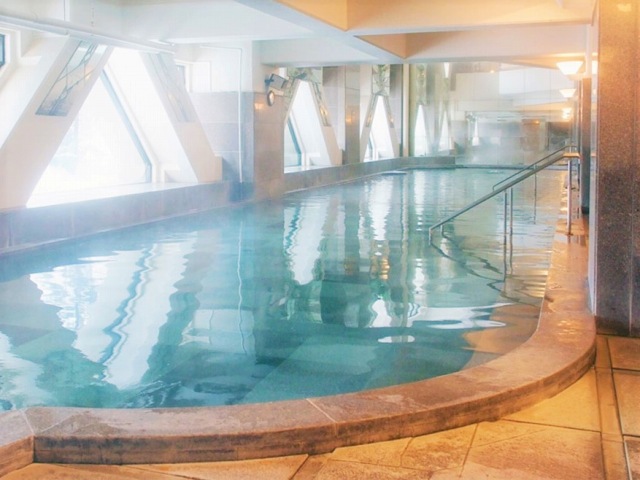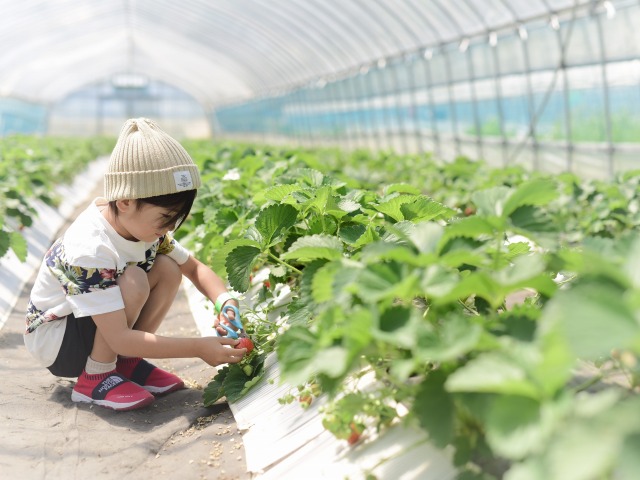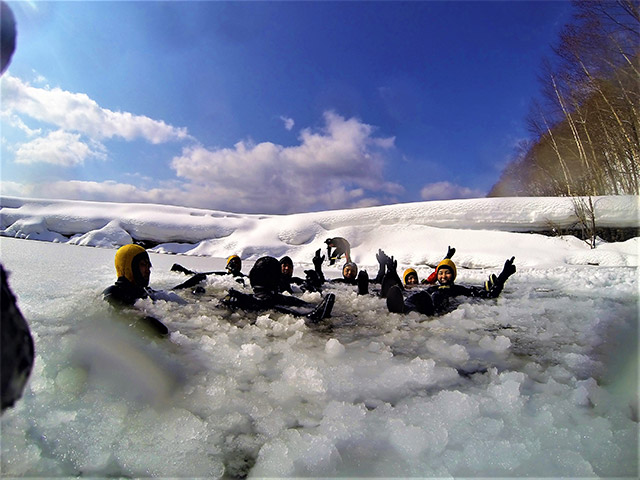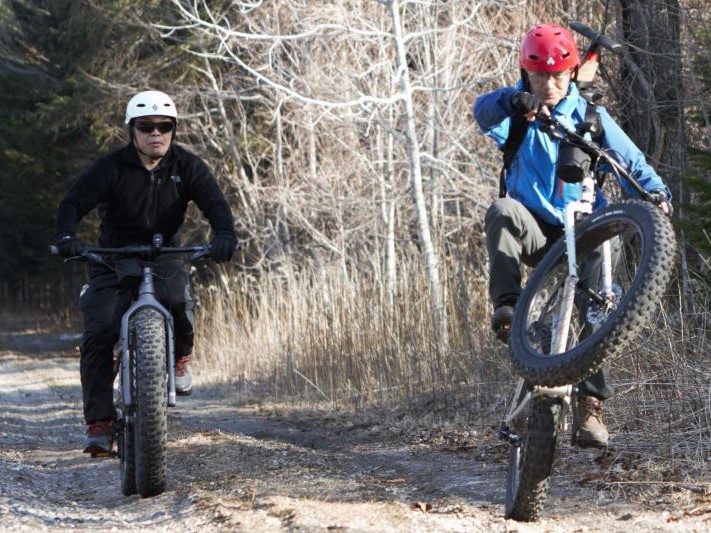





Nature you can experience only in Ishikari
If you like to release yourself from everyday routine and enjoy the great nature, we would like to recommend the “Hidaka area” in Hokkaido.
You can see the beautiful landscape which would make a great Instagram post, and there are also a lot of attractive spots where you can experience nature.
For example, "Jozankei" is the place with beautiful nature including valley and famous hot springs. Visit "Lake Shikotsu," one of the clearest lakes in Japan, with diverse view of every season.
It takes only one hour to get to both places from Sapporo. Recommended for couples or families, come for an unforgettable experience!
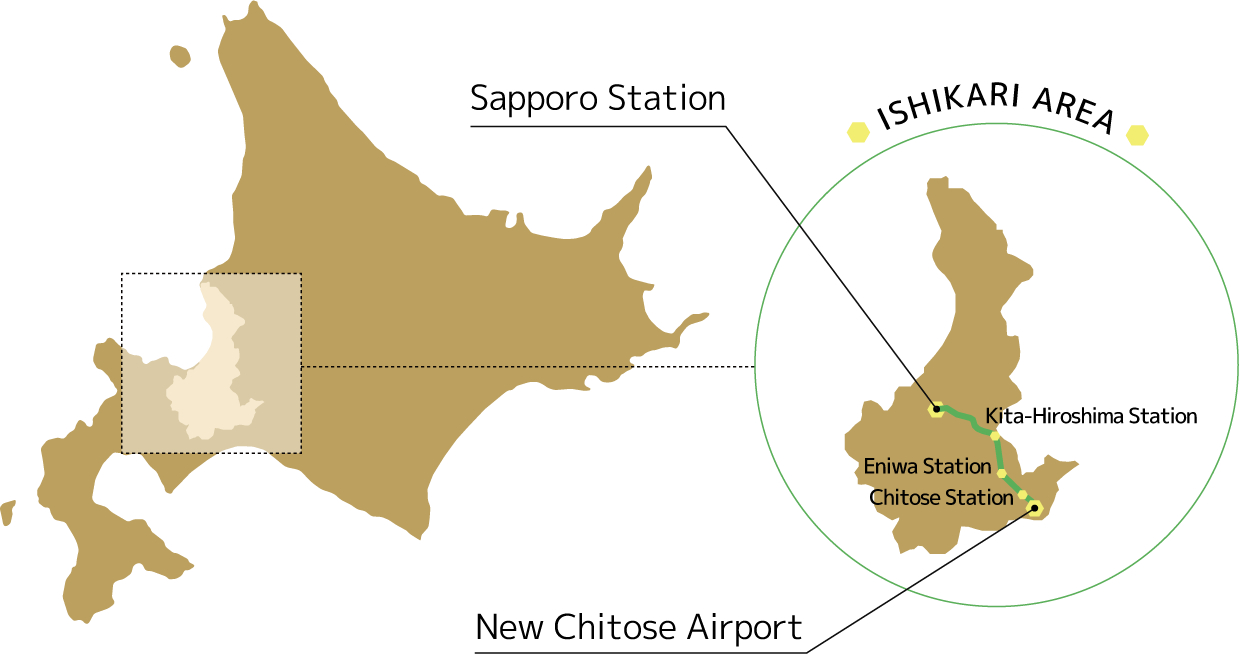




Day Visit Hot Spring
・Location: Sapporo
・Duration: 2Hours (approx.)
Strawberry Picking & Jam Making Experience
・Location: Sapporo
・Duration: 1Hours (approx.)
Haskap Picking & Jam Making Experience
・Location: Sapporo
・Duration: 1Hours (approx.)
Ice Walk, Day Visit Hot Spring and Lunch Set
・Location: Chitose
・Duration: 1day (approx.)
Clear Kayak, Day Visit Hot Spring and Lunch Set
・Location: Chitose
・Duration: 1day (approx.)
Fat Bike, Day Visit Hot Onsen and Lunch Set
・Location: Chitose
・Duration: 1day (approx.)

SUP YOGA
・Location: Chitose
・Duration: 1day (approx.)
Canoeing Experience
・Location: Sapporo
・Duration: 1Hours (approx.)
Ainu culture inherited to the present day
Since more than 10,000 years ago, Jomon people have lived in the Japanese archipelago for more than 10,000 years, and ins known in the history as Jomon period.
Before entering the Yayoi period, the Asian rice-producing culture was brought to Japan to Kyushu during 10th century BC (according to various theories). Yayoi culture gradually moved northward up the Japanese islands, but rice planting was not suitable to the cold climate of Hokkaido, the hunting and gathering culture of the Jomon culture still prevail and fuse with the influence of the Yayoi culture.
In the 7th century (Asuka era), Satsumon Culture began to develop with the influenced by pottery and pit dwellings in Honshu. In addition, since the people came into contact with the northern Okhotsk culture, which had been established on the coast of the Sea of Okhotsk in Hokkaido, it brought some religious and rituals such as veneration of the bears.
In the 13th century (the latter half of the Kamakura period), pit dwellings were replaced by flat-land dwellings. The use of earthenware pottery declined and was replaced by the iron-made pots. The Ainu culture as we known today seems to be develop in this era.
According to recent genetic research, the Ainu people are closely related to the Jomon people. It can be said that the Ainu people have inherited the 10,000 years Jomon culture and brought it down to the present.
Today, we are striving to instill the Ainu people’s pride in their own heritage. We are working to restore, develop, preserve, and pass down Ainu culture.

